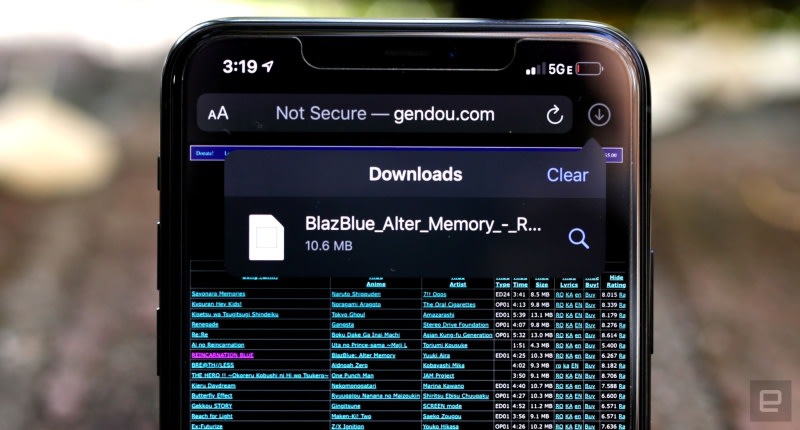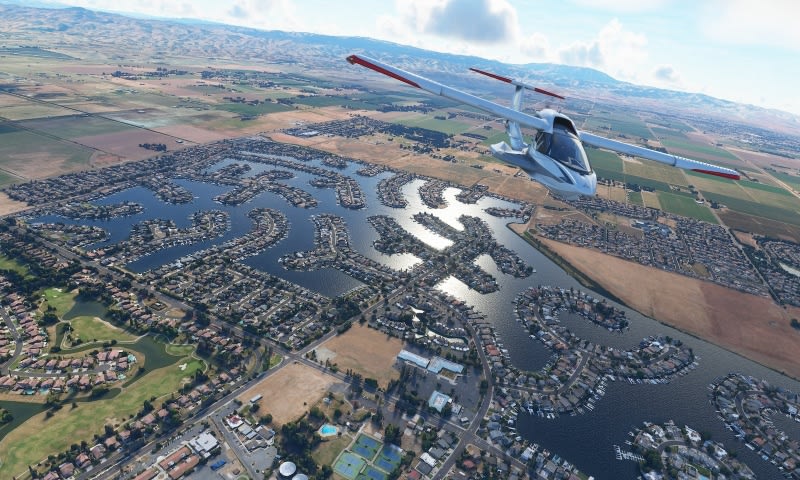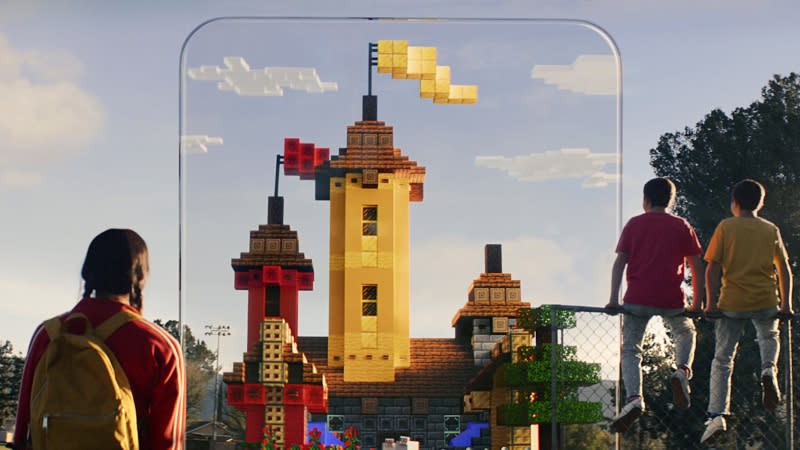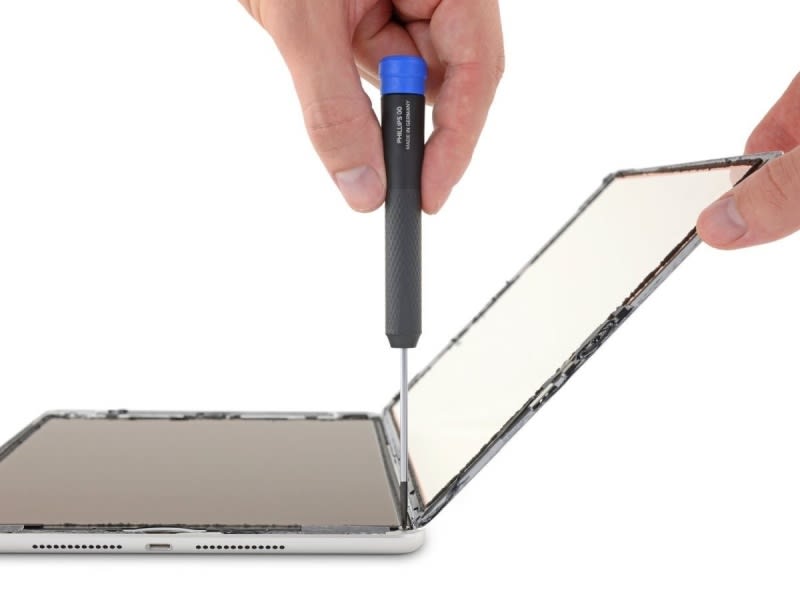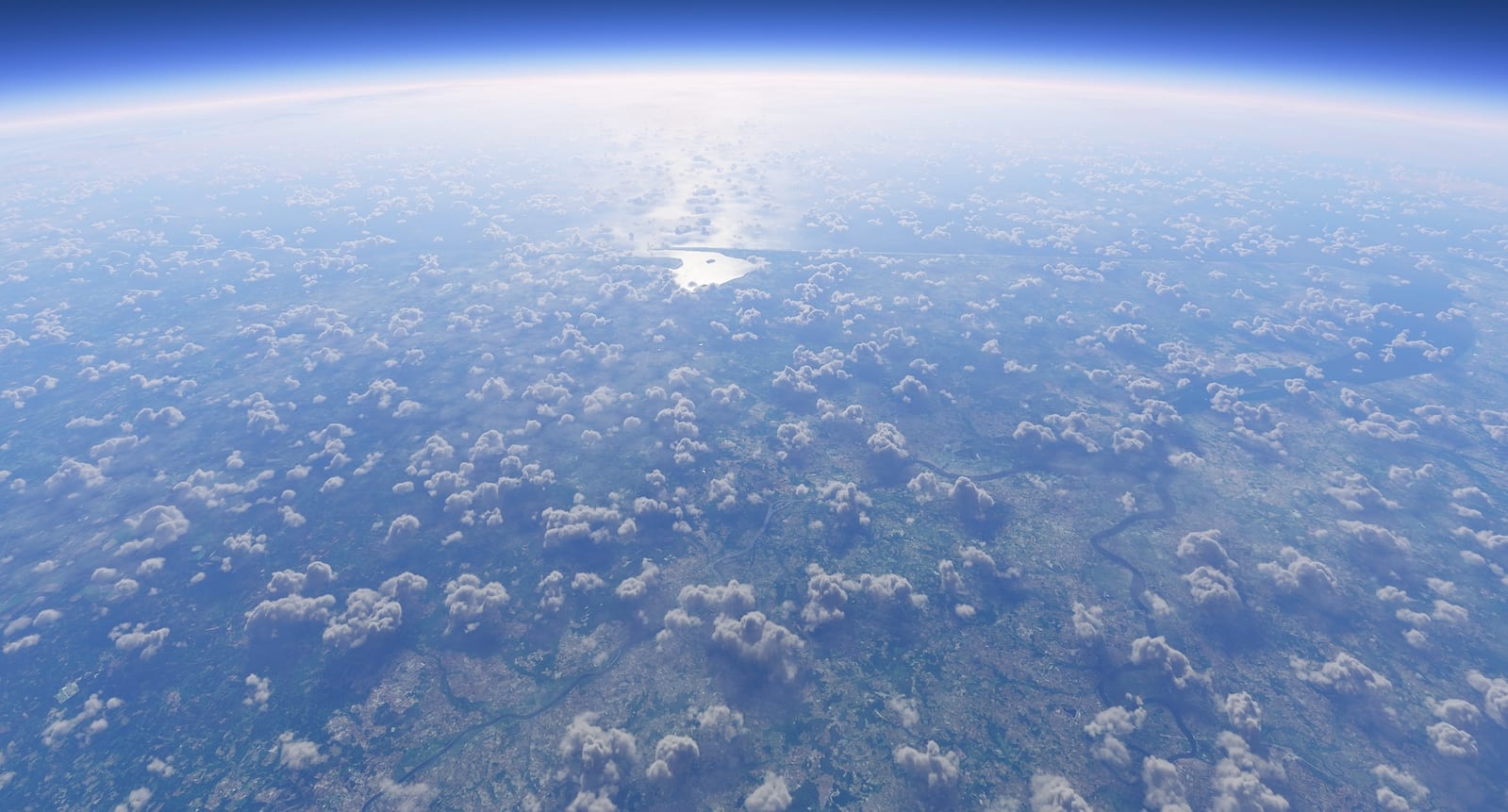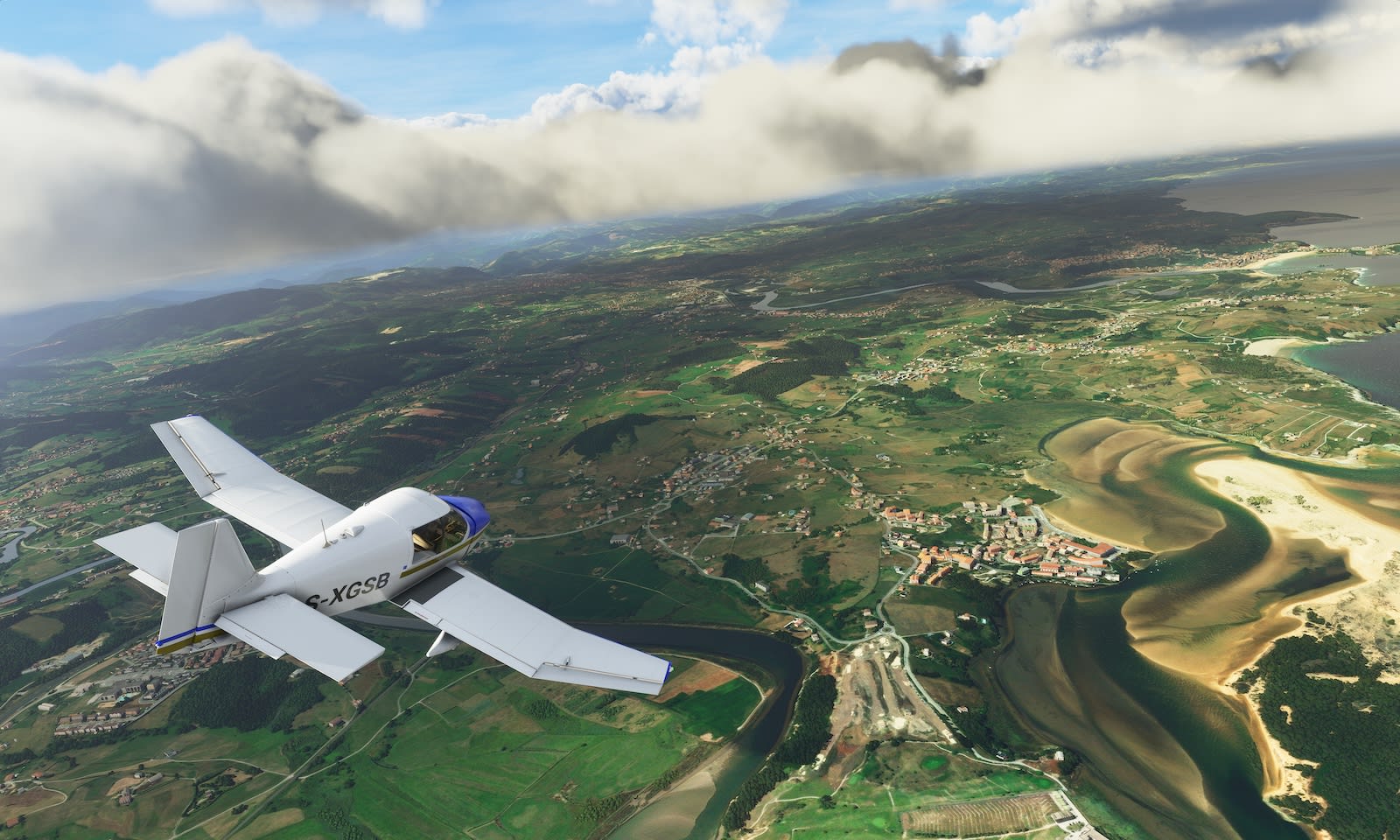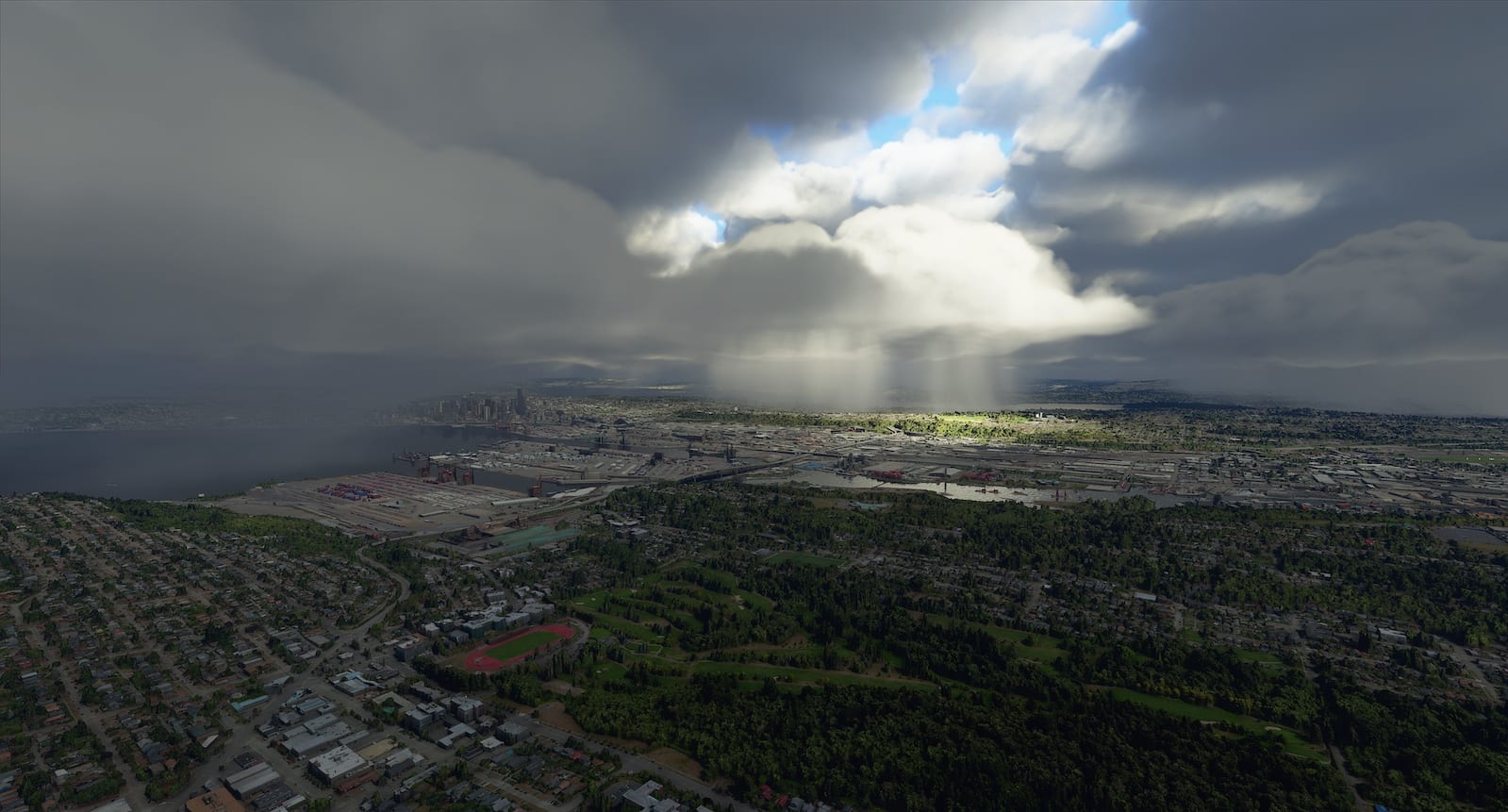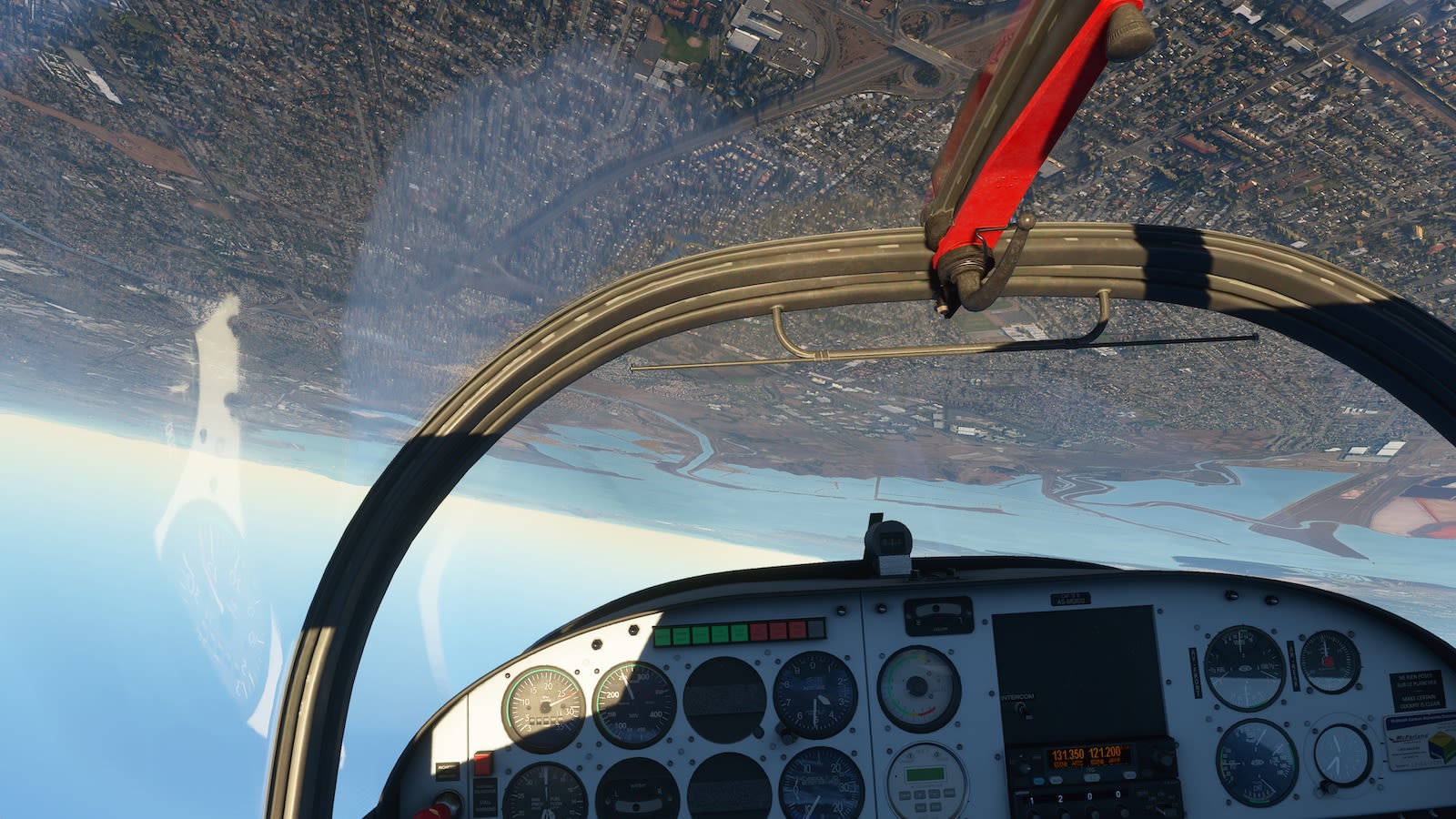Microsoft is holding a big Surface hardware event in New York City on Wednesday, October 2nd. The company has been teasing this event continually on Twitter, and is even inviting Surface fans to attend. Microsoft CEO Satya Nadella will be in attendance, alongside Surface chief Panos Panay. It seems like we’re on the cusp on a significant event, perhaps as big or bigger than the Surface 2015 event when the Surface Book, Microsoft Band 2, Surface Pro 4, and three Lumia phones were introduced.
There haven’t been any major leaks about what we might see on Wednesday, but rumors suggest we’ll see some refreshes of popular devices like the Surface Pro and Surface Laptop, alongside a new mysterious ARM-powered Surface. The most significant part of the day could be Microsoft ushering in its dual-screen plans for Surface and beyond, and a new Windows variant to make those plans a reality. Let’s explore what we’re likely, and unlikely, to see on Wednesday.
:no_upscale()/cdn.vox-cdn.com/uploads/chorus_asset/file/13273569/akrales_181012_3019_0072.jpg)
Microsoft refreshed the Surface Pro lineup with the sixth edition last year in a new black matte finish, but crucially without USB-C connectivity. We’re expecting to see the Surface Pro 7 arrive on Wednesday, complete with USB-C support. How Microsoft adds USB-C to its Surface Pro 7 isn’t exactly clear, but we’re hoping the company simply replaces the Mini DisplayPort with USB-C at the minimum and keeps a USB-A port for compatibility. Patents from earlier this year suggested that we might even see some type of new Surface Type Cover with a future Surface Pro.
Outside of USB-C, it’s highly likely the Surface Pro 7 will include Intel’s latest 10th Gen processors, and perhaps even some new color options (according to rumors). There could even be a new Surface Pen with wireless charging, as a recent FCC filing revealed a new stylus is on the way.
Microsoft has been rumored to be working on an ARM-powered Surface for months now, and it’s likely we’ll see the unveiling on Wednesday. Unlike previous Surfaces with Nvidia Tegra ARM chips inside (Surface RT, Surface 2), Microsoft is rumored to be working with Qualcomm on this particular Surface. That means the device will likely be powered by Qualcomm’s latest 8cx chip, which was first unveiled nearly a year ago.
We haven’t seen many ARM-powered Windows laptops throughout 2019, but Samsung surprised us with its new Galaxy Book S recently and a promise of 23 hours of battery life. If Microsoft creates a Qualcomm-powered Surface then it could be the push that other OEMs need to take this type of device seriously. Windows on ARM still lags behind regular Windows 10, thanks to some app compatibility and generally poor performance from previous Qualcomm chips, but the Snapdragon 8cx could change things.
Little details have leaked about Microsoft’s Surface ARM plans, and it’s not really clear what type of device we’ll see this processor in. Microsoft leaker WalkingCat has revealed that Microsoft could introduce a “Surface Pro with thinner bezel and LTE,” hinting that this might be the ARM-powered device that has been rumored. LTE is a natural byproduct of using Qualcomm’s chips, and you’d expect a different design to the traditional Surface Pro. If the rumors are accurate, then it would be surprising to see Microsoft use the “Surface Pro” moniker on an ARM-powered device.
:no_upscale()/cdn.vox-cdn.com/uploads/chorus_asset/file/13273535/akrales_181012_3020_0016.jpg)
Microsoft looks set to launch new Surface Laptop 3 models on Wednesday. While the existing Surface Laptop 2 comes in just a 13.5-inch edition, it looks increasingly likely that Microsoft will launch a 15-inch model. Rumors have also suggested that Microsoft will use AMD processors in the Surface Laptop for the first time. If you put the AMD rumors and 15-inch rumors together then it’s likely we’ll see a larger Surface Laptop 3 with AMD chips inside.
It’s not clear if the smaller 13.5-inch model will be refreshed or even include AMD chips, but it would be surprising to see Microsoft just launch a Surface Laptop 3 in one new size and no refresh on the smaller model.
Microsoft’s Surface Laptop 3 might even appear without the infamous Alcantara fabric covering. WalkingCat has hinted that Microsoft could launch a Surface Laptop 3 without Alcantara, and even include removable SSDs as an option. If both changes are true, they’d appeal to a number of commercial customers who need to swap out drives and don’t want to look after the Alcantara fabric like a luxury handbag.
The big surprise of the day will likely be Microsoft’s tease of the future of Windows. We’ve known for a while that Microsoft has been working on a dual-screen Surface device, codenamed “Centaurus,” and the October 2nd event could serve as the first unveiling of this new type of hardware. Microsoft has been building a new dual-screen device for more than two years, and it’s designed to be the hero device for a wave of new dual-screen tablet / laptop hybrids that OEMs are expected to launch throughout 2020.
Microsoft demonstrated this new device during an internal meeting earlier this year, showing that work on the prototype has gone beyond the early stages. A key part of this hardware will be Windows Lite, the codename for a new Windows variant that will power dual-screen devices. Also known as “Santorini” internally, Windows Lite is more of a Chrome OS-like version of Windows designed specifically for dual-screen and foldable devices.
Intel has been pushing OEMs to create dual-screen devices, and a lot of the hardware could look similar to Microsoft’s original Courier concept or even include foldable displays in the future. The Windows Lite interface will be similar to Windows as it exists today, but it will be more of a mix of what Microsoft does with its Surface Hub shell and the limited functionality of its Windows Phone Continuum user interface. The underlying parts of Windows Lite are built on Microsoft’s new Composable Shell (C-Shell) and Windows Core OS, a more modular version of the existing Windows Shell that powers many parts of Windows 10.
How much Microsoft reveals about its dual-screen Surface plans and even Windows Lite remains to be seen, but we’re expecting to see some type of teaser on Wednesday. These devices aren’t expected to be ready until next year, so we won’t likely see final hardware or even software, but just a brief glimpse of the future of Windows.
:no_upscale()/cdn.vox-cdn.com/uploads/chorus_asset/file/19184464/surfaceportablespeaker2.jpg)
Alongside the more traditional Surface devices, we could be about to see some type of Surface speaker. Microsoft surprised us all with Surface Headphones last year, and a new patent suggests the company is working on a portable speaker for Microsoft Teams.
The portable speaker itself appears to have a similar design to Google’s Home Mini, with fabric wrapped around the top and volume buttons with the ability to make, receive, and mute calls. That hints that this is related to Microsoft Teams and meeting rooms, and one of the inventors is a principle design manager for Microsoft Teams devices. The device also appears to have a removable base, perhaps to allow it to charge and be positioned around a meeting room.
Microsoft also demonstrated a prototype for a new consumer version of Microsoft Teams earlier this year, dubbed Microsoft Teams “for life.” It’s designed as an extension of Microsoft’s chat app for friends and family. Microsoft is experimenting with features like sending location, shared family calendars, and document sharing. We may see this new version of Teams alongside a potential Surface speaker.
There’s clearly a lot planned for Wednesday, but we’re not expecting any updates to other Surface products like the Surface Book 3 or Surface Go. While a 15-inch version of the Surface Laptop 3 could certainly rival the Surface Book, we’d still expect to see this product updated at some point in the near future. Likewise, a new Surface Go doesn’t seem likely for Wednesday, especially if Microsoft is about to unveil an ARM-powered Surface Pro.
Microsoft is also rumored to be working on Surface-branded earbuds to take on Apple’s AirPods. Amazon just launched its own Echo Buds with Alexa built in, and Microsoft unveiled its first Surface Headphones at its Surface event last year. We haven’t heard any additional rumors about these potential Surface earbuds appearing before the end of 2019, so it would be surprising to see them on Wednesday.
The Verge will be covering Microsoft’s Surface event live, with a dedicated live blog and all the news as it happens. Microsoft’s Surface event starts at 10AM ET / 7AM PT on Wednesday, October 2nd.
https://www.theverge.com/2019/9/30/20886687/microsoft-surface-pro-7-event-leaks-rumors-products-announcements
2019-09-30 12:00:00Z
52780397492877
:no_upscale()/cdn.vox-cdn.com/uploads/chorus_asset/file/19245389/DSCF7138.jpg)
:no_upscale()/cdn.vox-cdn.com/uploads/chorus_asset/file/19245388/DSCF7137.jpg)
